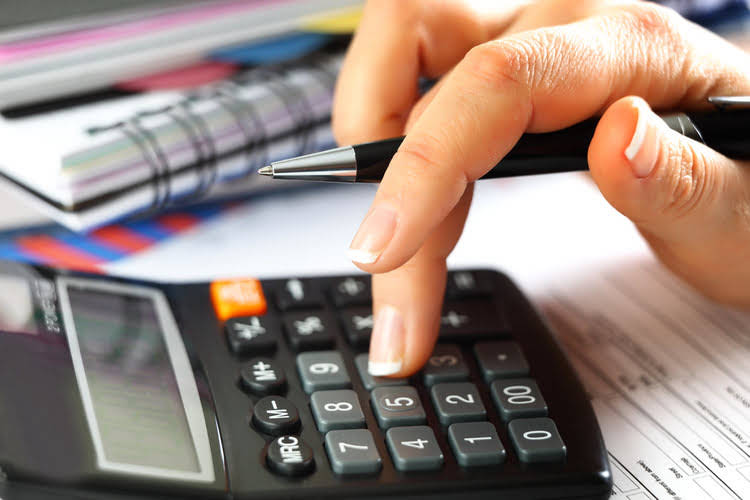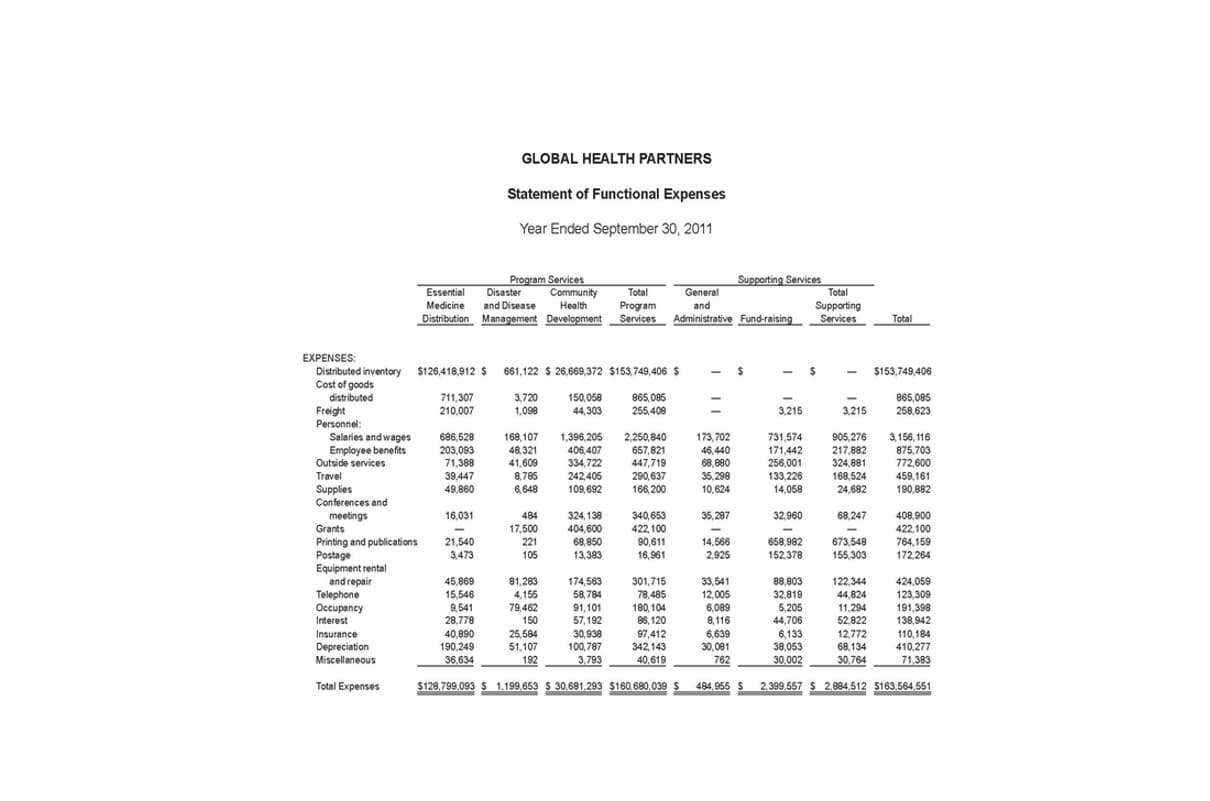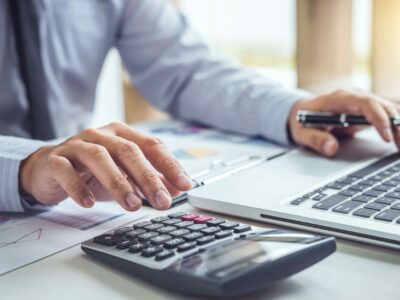
According to the IRS, “The Modified Accelerated Cost Recovery System (MACRS) is the proper depreciation method for most property”. This method of depreciation allows a larger tax deduction in the early years of an asset and less in later years. It is a tax accounting method by which an asset’s cost is allocated over the duration of its useful life using one of several generally accepted depreciation formulas.
How do deferred assets impact a company’s financial performance?
This may result in unearned revenue the asset being discarded even though it is still useful and in excellent physical condition. The causes of depreciation include physical deterioration and obsolescence. The decisions that are made about how much depreciation to charge off are influenced by the accountant’s judgment.
What Happens If Asset Value Increases After Its Initial Recognition And Depreciation?
An accounting loss results from expensing a revenue-generating asset instead of capitalizing it and thus, not creating any future value for the company. The accumulated Depreciation account will show a debit balance as a result. The cost of the asset minus its residual value is called the depreciable cost of the asset. However, if the asset is expected not to have residual value, the full cost of the asset is depreciated. The expenditure on the purchase of machinery is not regarded as part of the cost of the period; instead, it is shown as an asset in the balance sheet. Capital assets such as buildings, machinery, and equipment are useful to a company for a limited number of years.
How is depreciation recorded?
A depreciation schedule will vary based on which depreciation method is being used. In order for an asset to be depreciated for tax purposes, it must meet the criteria set forth by your country’s taxation office. Using any of the five methods listed above, depreciation can be calculated for any asset your company owns. This is depreciable assets the simplest method of calculating the depreciation of an asset. The Schedule of Depreciation is a table that charts the depreciation of an asset over the years that it serves your business.
- Three weeks later (on January 21), the company sells one of its older delivery trucks.
- This is used as a sinking fund to replace the asset when it is at the end of its working life or when you need to sell it.
- However, it is important to carefully consider the conditions for recognizing deferred tax assets and to create a valuation allowance if necessary.
- The statement of cash flows (or cash flow statement) is one of the main financial statements (along with the income statement and balance sheet).
- When a company changes the useful life or salvage value of an asset, it directly affects the annual depreciation expense and the remaining book value of the asset.
- When a company depreciates an asset for accounting purposes, it reduces its accounting income, but this does not necessarily reduce its taxable income.
What kinds of assets can you depreciate?
Tim is a Certified QuickBooks ProAdvisor as well as a CPA with 28 years of experience. He spent two years as the accountant at a commercial roofing company utilizing QuickBooks Desktop to compile financials, job cost, and run payroll. Tim has spent the past 4 years writing and reviewing content for Fit Small Business on accounting software, taxation, and bookkeeping. The term “depreciation” can also refer to the decline in value of an asset, which is related to wear and tear.


Depreciation is an accounting method that companies use to apportion the cost of capital investments with long lives, such as real estate and machinery. Depreciation reduces the value of these assets on a company’s balance sheet. The sum-of-the-years’-digits method (SYD) accelerates depreciation as well but less aggressively than the declining balance method. Annual depreciation is Grocery Store Accounting derived using the total of the number of years of the asset’s useful life.
Straight-line depreciation
Accounting for depreciation offers an accurate picture of the company’s financial status over a particular period. The double-declining balance method posts more depreciation expenses in the early years of an asset’s useful life. The double-declining balance method is an accelerated depreciation method because expenses post more in the early years and less in the later years.

Depreciation in Accounting Explained

These assets are usually long-lived assets that have not yet been placed in service, and they are capitalized and recorded as deferred assets until they are placed in service. Overall, deferred assets play an important role in revenue recognition and business expenses. Companies must carefully track these assets to ensure that their financial statements accurately reflect their financial performance.
- The recognition of deferred tax assets is subject to certain conditions.
- This is the asset cost minus the residual value, divided by the number of functioning years.
- The useful life will vary depending on the depreciation method employed.
- However, its simplicity can also be a drawback, because the useful life calculation is largely based on guesswork or estimation.
- Then, it can calculate depreciation using a method suited to its accounting needs, asset type, asset lifespan, or the number of units produced.
Thus, companies often use depreciation—an accounting method that spreads these big-ticket expenses over time. Deferred assets can be a useful tool for companies to manage their cash flow and financial obligations. However, they must be carefully monitored to ensure they are properly accounted for and do not distort the company’s financial position. If a company has losses in a particular period, it can carry those losses forward to offset future taxable profits. The company will have a deferred tax asset equal to the tax benefit of the loss carryforwards. When a company changes the useful life or salvage value of an asset, it directly affects the annual depreciation expense and the remaining book value of the asset.